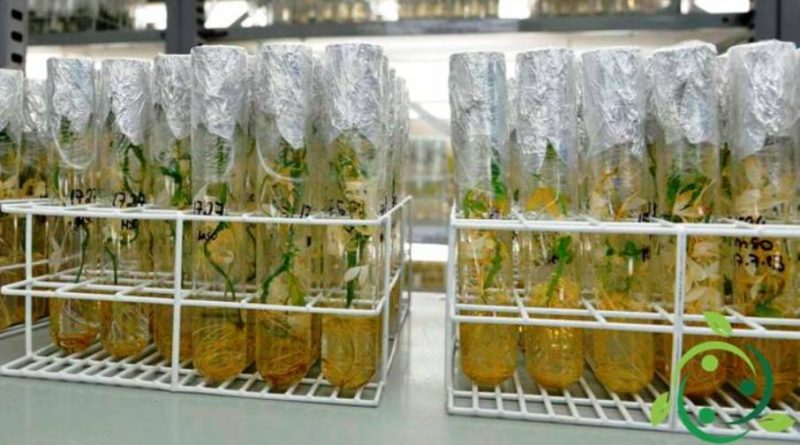Germplasm
Germplasm
The term germplasm refers to the genetic resource specific to each species, variety, breed, etc. that make up biodiversity both globally and locally.
Germplasm is therefore the bank of genomes present both in nature but also preserved in particular conservation centers, both in the open field and in vitro.
The conservation of germplasm therefore allows to safeguard the erosion of biodiversity threatened, in this era, by anthropogenic social and economic models and by climate change.
This is because only in Italy, according to recent data, 1020 endangered species out of a total of 7634 registered (6711 species and 2125 subspecies).
Germplasm maintenance can therefore take place in vivo:
– in the ground and the material is adequately protected from bacterial, virotic, fungal infections;
– in vitro sterile, in suitable premises.
The sets of these germplasm repositories, variously prepared, aim at the qualification of the vegetable productions with certified material, this for a marketing of the propagation material of the plants as sanctioned by EU and national directives.
Germplasm constitutes that naturalistic heritage which is also a part of the natural capital of the entire planet.
For the protection of germplasm, germplasm banks and natural parks have been set up all over the world to help safeguard the biodiversity required by the Convention on Biological Diversity.
These organisms protect and maintain high biodiversity of a given species, study and improve seeds destined for agricultural development, analyze pests and diseases, collect and preserve the seeds of rare endemic or endangered species, going to constitute the reserves to reintroduce in original habitats the varieties that are disappearing due to natural causes or following human intervention.
In Italy, on February 9, 2005, in the city of Pavia, the Memorandum of Understanding of the Germoplasm Banks network was signed, which is called RIBES (acronym for the Italian Network of Germplasm Banks) for the Ex Situ conservation of Italian spontaneous flora . The non-profit association brings together 18 institutions in Italy, including universities, botanical gardens, national parks, local administrations and private entities that deal with the ex situ conservation of endangered species.

